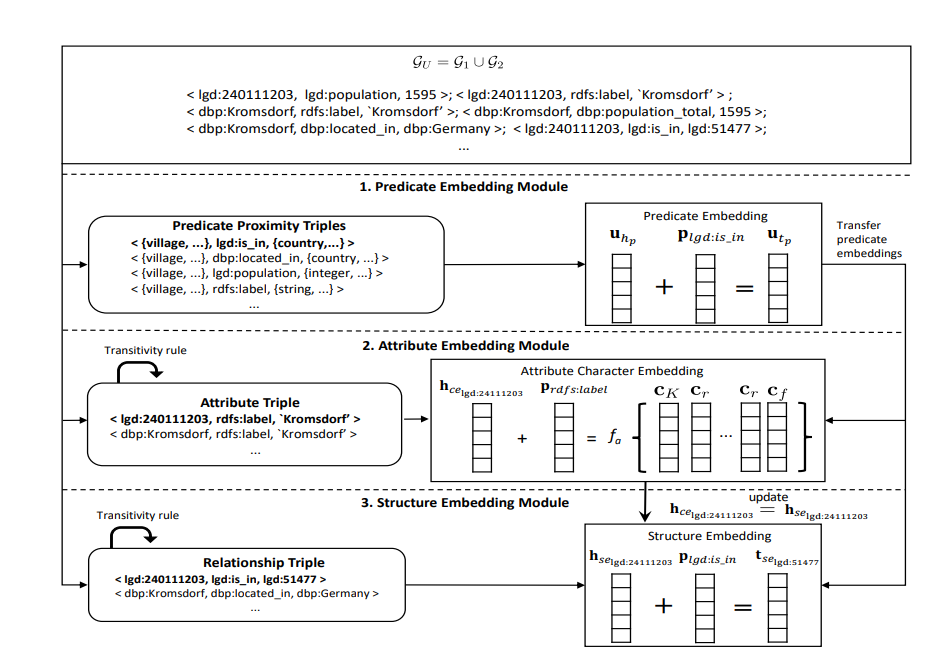In the Internet era of information explosion, knowledge graphs (KGs) have become an important tool for organizing and understanding the world. However, entity recognition and alignment between different knowledge graphs become difficult problems. The editor of Downcodes will introduce to you a paper called "AutoAlign: Fully Automatic and Effective Knowledge Graph Alignment enabled by Large Language Models", which proposes an innovative solution called AutoAlign, which cleverly uses large language models to solve the problem. solved this problem.
In the Internet era, there is a glut of information, and knowledge graphs (KGs) have become an important tool for us to understand and organize the world. But the question arises, when different knowledge graphs meet, how do they identify and align each other's entities? It's like at a large party, how to let guests from different backgrounds get to know each other and become friends.
Recently, a paper called AutoAlign: Fully Automatic and Effective Knowledge Graph Alignment enabled by Large Language Models brought us a magical solution-AutoAlign. This is not only a technological breakthrough, but also a "social party" in the AI world.

Imagine you are a party planner and you need to make sure every guest can find their friends. In the world of knowledge graphs, these "guests" are entities, and AutoAlign is the magical party planner.
AutoAlign is a new knowledge graph alignment method that is completely automatic and efficient. It doesn't require any hand-crafted seed alignments, which means you don't need to tell it in advance which entities are friends. It's like being at a party, you don't need to introduce everyone in advance, AutoAlign can automatically recognize and introduce them.
The magic secret of AutoAlign is that it leverages large language models (such as ChatGPT and Claude) to build a predicate-proximity-graph. This graph helps AutoAlign automatically identify similar predicates in different knowledge graphs. It's like a party planner observing how guests behave and talk to identify what they might have in common.
The researchers conducted experiments on real-world knowledge graphs, and the results showed that AutoAlign significantly outperformed existing methods on entity alignment tasks. It's like after the party, the guests all found their friends and the party planner got high praise.
Predicate Alignment: AutoAlign learns the similarity between predicates of the same relationship in different knowledge graphs through the predicate proximity graph. It's like a party planner introducing guests by observing their common interests.
Entity Alignment: AutoAlign first independently calculates the entity embedding of each knowledge graph, and then converts the entity embeddings of the two knowledge graphs into the same vector space by calculating attribute-based entity similarity. It's like a party planner identifying their guests' friends by observing their appearance and behavior.
Joint Learning: AutoAlign makes entity alignment more accurate by jointly learning predicates, entities and attribute embeddings. It's like a party planner constantly adjusting their introduction strategy as the party goes on to make sure everyone finds their friends.
AutoAlign not only demonstrates its capabilities on knowledge graph alignment tasks, but also demonstrates its potential in a wider range of applications, such as knowledge graph completion. Researchers believe that the future of AutoAlign may not be limited to knowledge graphs, but may also expand to broader graph or hypergraph research areas.
Paper address: https://arxiv.org/abs/2307.11772
AutoAlign provides an efficient and fully automatic solution for knowledge graph alignment. It uses the ability of large language models to show excellent performance in practical applications and brings new breakthroughs to the field of knowledge graph research. It deserves attention and Further research.